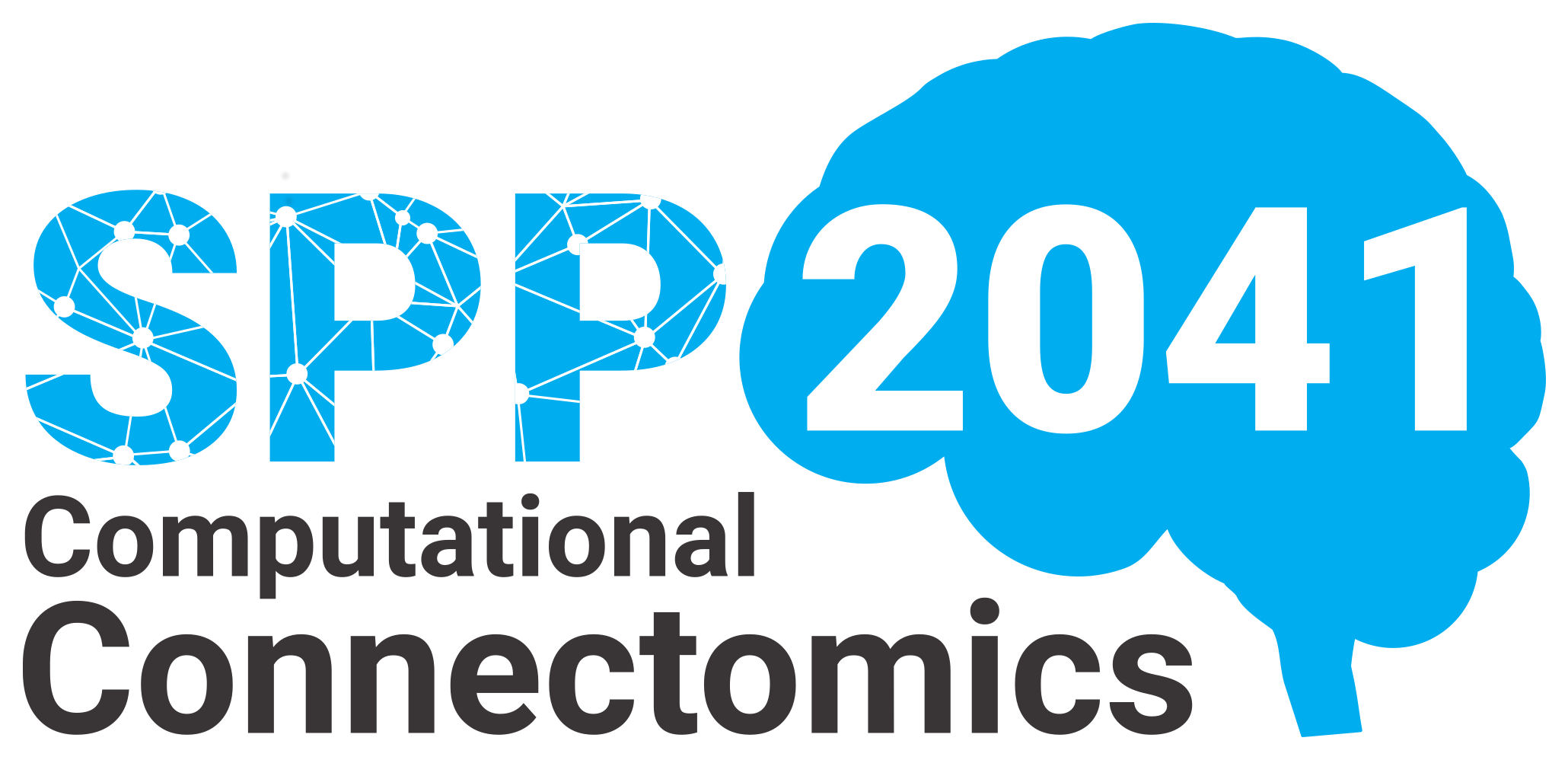Functional connectomics of the binocular optic flow processing circuit in zebrafish
The complexity of interconnectivity between neurons presents a major challenge in our understanding of functions and dysfunctions of the brain. Connectomics approaches using modern electron microscopy (EM) techniques have provided not only anatomical connectivity, but also mechanistic understanding of underlying neuronal computation, when combined with physiological or behavioral evidence. Larval zebrafish is a promising system for combining EM-based connectomics and functional imaging, due to its small brain size, as well as its optical and genetic accessibility. We propose to capitalize on these advantages to reconstruct a visual circuit with a defined function and behavior, namely, the processing of horizontal optic flow. Our previous imaging study demonstrated that neurons in the zebrafish pretectum perform binocular computation of optic flow. Notably, functional response types we identified allowed us to predict a wiring diagram that was able to explain how different patterns of binocular optic flow are computed. This wiring diagram predicts prerequisite circuit motifs that remain to be experimentally verified.
In this proposal, we will directly test our predicted wiring diagram by undertaking the following two work programmes. First, we will reconstruct the optic flow responsive neurons using a whole brain serial block-face electron microscopy (SBEM) stack of larval zebrafish that we have recently acquired at synapse resolution. Importantly, this stack was obtained from an animal previously recorded with two-photon calcium imaging with a battery of monocular and binocular optic flow stimuli and contains physiological information of about two hundred neurons. By tracing these physiologically characterized neurons, we will determine their interconnectivity via direct synapses. Secondly, we will examine the neurotransmitter type of optic flow-responsive cells at light microscopy (LM) level using a genetic tool that combines calcium imaging and fluorescent labeling by photoactivatable GFP. This tool, when driven by neurotransmitter-specific transgenic lines, will link physiological response to optic flow with cellular morphology of excitatory and inhibitory cells at the single-cell level. By comparing morphological features of the EM reconstructed cells and neurotransmitter-specific single cells revealed by the LM, we will be able to assign the excitatory or inhibitory identity to reconstructed neurons. Finally, all experimental data will be integrated to perform a computational modeling and simulation of the binocular optic flow processing circuit.
Taking two complementary approaches, our function-guided connectomics analysis will allow us to understand connectivity mechanisms underlying the computation of binocular motion vision. We plan to make our SBEM dataset and its reconstruction results accessible to the research community in the hope of fostering future collaborations between different disciplines in neuroscience.
In this proposal, we will directly test our predicted wiring diagram by undertaking the following two work programmes. First, we will reconstruct the optic flow responsive neurons using a whole brain serial block-face electron microscopy (SBEM) stack of larval zebrafish that we have recently acquired at synapse resolution. Importantly, this stack was obtained from an animal previously recorded with two-photon calcium imaging with a battery of monocular and binocular optic flow stimuli and contains physiological information of about two hundred neurons. By tracing these physiologically characterized neurons, we will determine their interconnectivity via direct synapses. Secondly, we will examine the neurotransmitter type of optic flow-responsive cells at light microscopy (LM) level using a genetic tool that combines calcium imaging and fluorescent labeling by photoactivatable GFP. This tool, when driven by neurotransmitter-specific transgenic lines, will link physiological response to optic flow with cellular morphology of excitatory and inhibitory cells at the single-cell level. By comparing morphological features of the EM reconstructed cells and neurotransmitter-specific single cells revealed by the LM, we will be able to assign the excitatory or inhibitory identity to reconstructed neurons. Finally, all experimental data will be integrated to perform a computational modeling and simulation of the binocular optic flow processing circuit.
Taking two complementary approaches, our function-guided connectomics analysis will allow us to understand connectivity mechanisms underlying the computation of binocular motion vision. We plan to make our SBEM dataset and its reconstruction results accessible to the research community in the hope of fostering future collaborations between different disciplines in neuroscience.
Principal Investigators
Professor Dr. Winfried Denk
Max-Planck-Institut für Neurobiologie
Abteilung Elektronen – Photonen – Neuronen
Dr. Fumi Kubo
Max-Planck-Institut für Neurobiologie
Abteilung Gene – Schaltkreise – Verhalten
